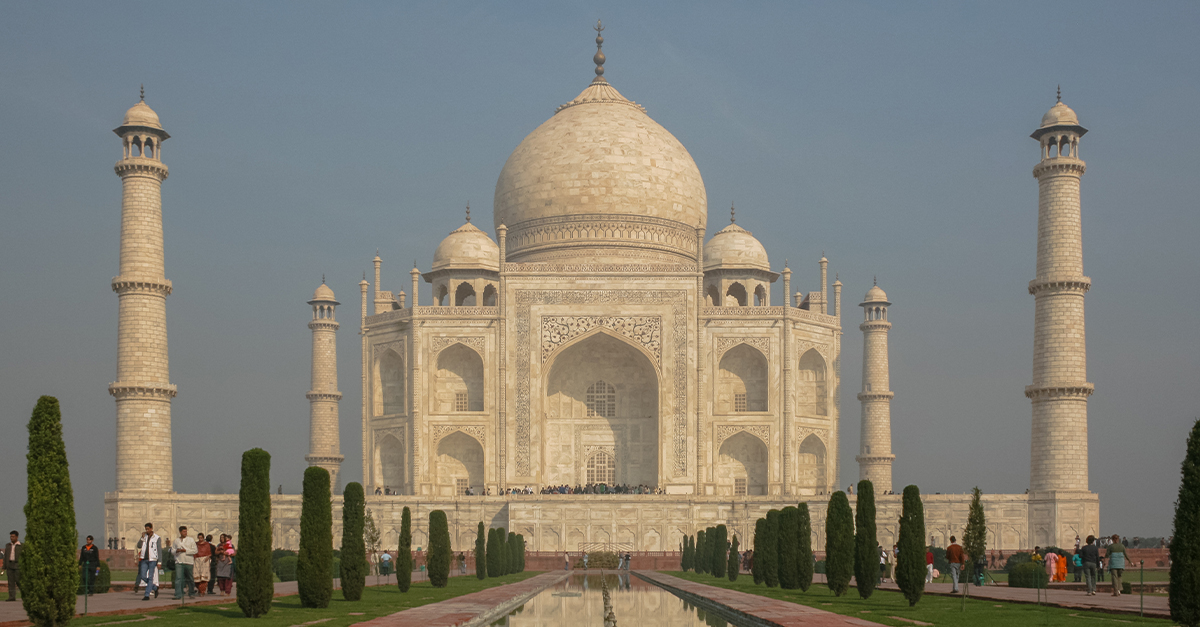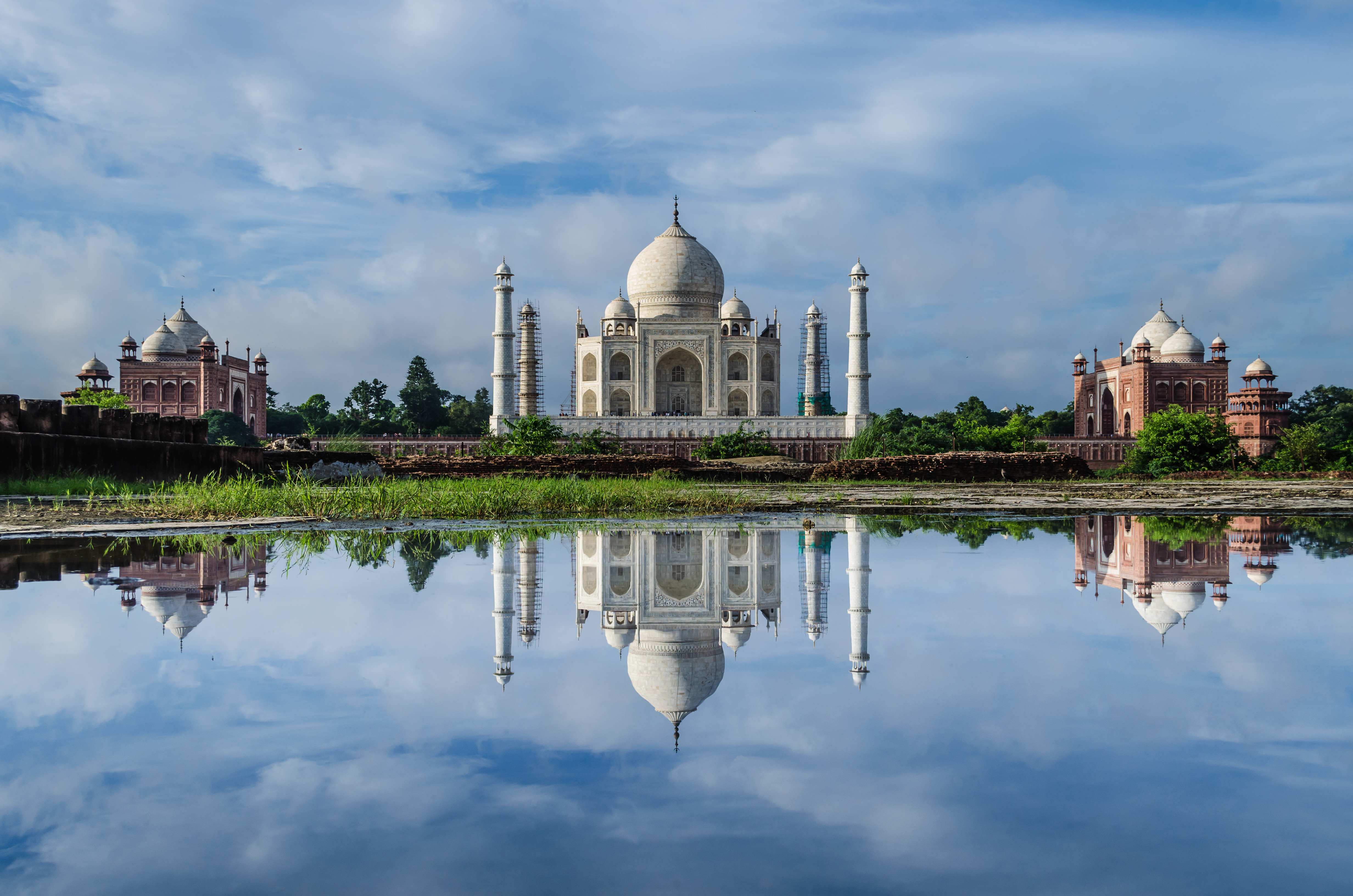The Taj Mahal, one of the world’s most glorious monuments, faces an escalating crisis threatening its very existence. The pinnacle of India's Mughal Empire, the Taj Mahal's pristine white marble still captivates millions, but its foundations are deteriorating, casting doubt on its long-term stability. Without major engineering efforts, the Taj Mahal's survival in its current form hangs in the balance.
Ingenious Foundations Vs Modern Challenges
Constructed between 1631 and 1648 as a memorial to Mumtaz Mahal, wife of Shah Jahan, the Taj Mahal stands on the banks of the Yamuna River in Agra. To support its immense weight on the river's soft soil, Mughal engineers used innovative techniques: sinking wells filled with stone, rubble, and timber to create a stable base. These wooden elements were designed to stay submerged, preserving their strength through constant moisture.
 Yann (talk), Wikimedia Commons
Yann (talk), Wikimedia Commons
Declining Water Levels Undermining Stability
Like many rivers in India, the Yamuna's water level has dropped in recent decades due to upstream dams and over-extraction. This decline has exposed the wooden foundations to air, rotting and weakening the monument's structural integrity. Reports state that the groundwater level, at 49 feet below ground in the 1980s, has now dropped to around 114 feet, making the problem even worse.
Visible Signs Of Structural Distress
The consequences of these foundational issues are becoming increasingly visible. Cracks have emerged in various parts of the structure, and the minarets, originally designed to lean slightly outward for aesthetic and safety reasons, are tilting further. In 2010, concerns were raised about the tomb's structural integrity due to these visible signs of distress.
Environmental Factors Accelerating Decay
Beyond structural concerns, environmental factors are making the situation even worse. Air pollution from nearby industries and vehicle emissions has led to the yellowing of the white marble. Also, the polluted Yamuna River has become a breeding ground for insects like Goeldichironomus, whose excreta stain Taj's walls with greenish-black patches.
Preservation Efforts And Their Limitations
In response to all this, the Indian government established the Taj Trapezium Zone (TTZ), a 10,400-square-km area around the monument with strict emissions standards. Measures like mud-pack treatments have been applied to restore the marble's whiteness. But these efforts only tackle surface issues, not the underlying problems posed by the deteriorating foundations.
 Buiobuione, CC BY-SA 4.0, Wikimedia Commons
Buiobuione, CC BY-SA 4.0, Wikimedia Commons
The Imperative For Major Engineering Intervention
Experts say that without a comprehensive engineering solution, the Taj Mahal's structural decline will continue. Potential interventions include replenishing the groundwater level to re-submerge the wooden foundations or reinforcing the existing foundation with modern materials. Such measures would require significant investment and international collaboration but are essential to preserve the UNESCO World Heritage Site for future generations.
Monument At A Crossroads
The Taj Mahal stands at a critical juncture. Cosmetic treatments can temporarily mask the symptoms of decay, but they can’t resolve the foundational issues threatening the monument's stability. Engineering expertise, environmental restoration, and political will are all necessary to ensure that this architectural marvel endures for the enjoyment of future generations.
You May Also Like:
Intriguing Facts About Ancient India, The Innovative Civilization
Unbelievable Predictions About the Future













